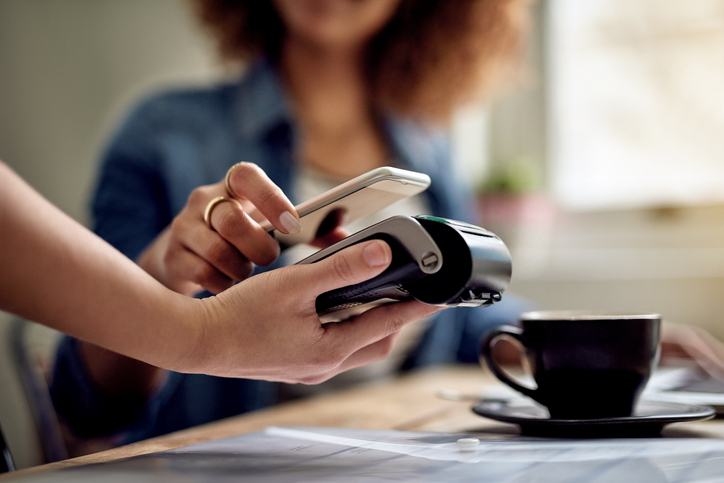
Credit cards are important to banks, right? Important enough, it appears, that some banks will – at least allegedly – risk bending some of the rules. As the American Banker pointed out this past August in an article on the topic, “one particular firm that drew the regulators’ attention,” says the article, “was Bank of America. Between 2016 and 2018, Bank of America was among nearly 50 large and midsize banks that underwent a special regulatory exam, which focused on sales practices, by the Office of the Comptroller of the Currency.” The bank was also singled out for close review by the Consumer Financial Protection Bureau, which launched an investigation into whether the bank had opened credit card accounts without customers’ authorization, as Wells Fargo had done back in 2016. So, yes, credit cards are important to a bank’s bottom line. Bending the rules, however, is not an option. How, then, can banks hold onto this extremely valuable revenue stream?
The Financial Brand alluded to the battle for credit card users and “payments disruption” in their recent blog entitled, 7 Major Trends that will Shake Up Banking in the Year Ahead. The FB cites an Accenture study that “points to credit cards as the payments segment with the highest susceptibility to disruption. The primary cause: Point-of-sale lending, also known as buy now pay later (BNPL). These solutions, pioneered by fin-techs such as Affirm, Klarna and Afterpay, enable consumers to select a credit card or installment plan either at the time of purchase or after their purchase, and typically charge only a flat fee. Research by The Ascent, a personal finance service, describes how and why Americans are taking advantage of BNPL. “Over a third (37%) of U.S. consumers between 18 and 54 have used a BNPL service,” states the report. The reasons for the switch are simple: 39% say to avoid paying credit card interest while 38% use it to make purchases that fall outside of their normal budget. The most popular BNPL at the moment? Bill Me Later/PayPal Credit.
Then there’s the digital wallet options: PayPal Wallet, Apple Pay, and Google Pay, to name a few. These companies offer their own versions of ways to pay, some of which, like banks, even offer their own cash-back cards with rewards. The Apple Card, for example, is one. The card offers daily cash back and is accessed through a convenient-to-use app. A survey by Deloitte shows that the share of shoppers making a purchase on mobile phones has doubled in the past five years. In addition, according to the survey, this year will mark the first time that more than half of those surveyed plan to use their smartphone, in some capacity, for holiday shopping online.
In order to keep their share of wallet, credit card issuers seem to be continuing to merchandise their cards with low promotional rates and rewards. Deloitte’s U.S. Payments Leader Zach Aron says “the stakes are high for banks when it comes to credit cards. It’s one of the relative bright spots for banks in payments and the top payments revenue driver, with a compound annual growth rate of between 8% and 9%.” Mobile, he says, is “far and away” how people want to pay going forward, which puts pressure on banks to become the top credit card or payment method in a person’s actual mobile wallet. How do banks become that top digital wallet payment and can credit cards continue to be one of their “relative bright spots?” We’ll see.
About Bank Marketing Center
Here at BankMarketingCenter.com, our goal is to help you with that vital, topical, and compelling communication with customers; messaging that will help you build trust, relationships, and with them, your brand.
To view our marketing creative, both print and digital – ranging from product and brand ads to in-branch brochures and signage – visit bankmarketingcenter.com. Or, you can contact me directly by phone at 678-528-6688 or email at nreynolds@bankmarketingcenter.com. As always, I would love to hear your thoughts on this subject.